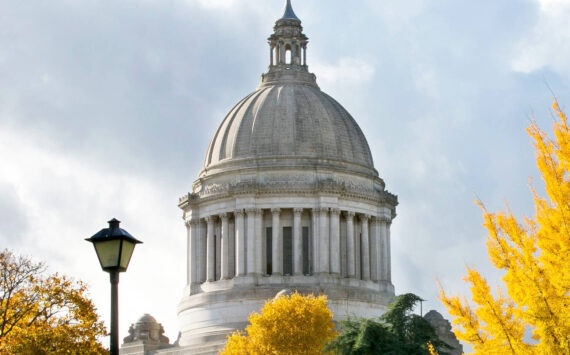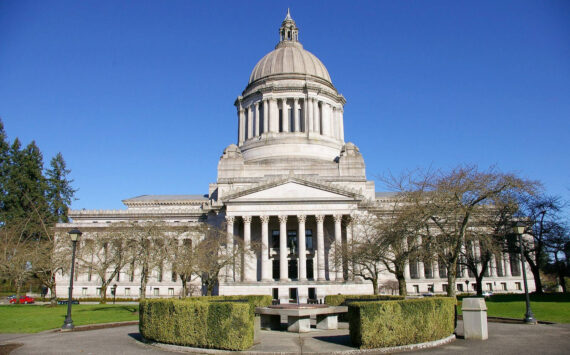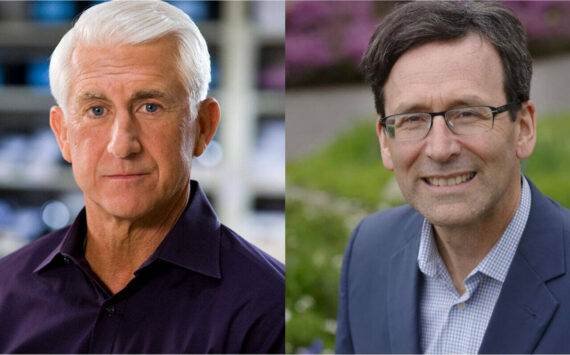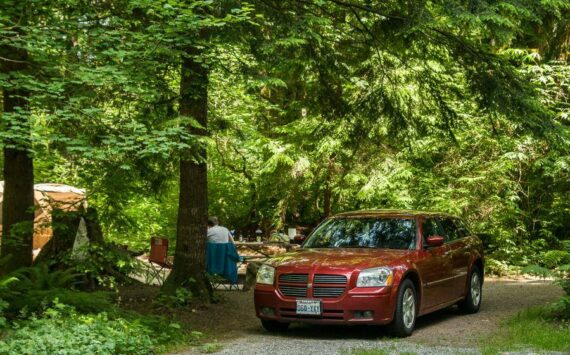By Morf Morford
Tacoma Daily Index
Several years ago I was at a conference on urban issues and identity.
One prevailing question was “What sets any community or neighborhood apart?”
After a rousing presentation by one of the main speakers, we separated into smaller break-out sessions.
My group focused on the scourge of every modern city – homelessness.
Our group, motivated by the speaker, had an assigned project.
The assignment was breathtaking in its simplicity – and audacity; design a housing community with as much buy-in as possible from the neighbors, the larger community and the participants themselves to create a permanent, (not transitional) affordable and desirable solution to the bane of almost every modern city: homelessness.
The screening for participants would be steep – but not along the usual criteria. Criminal record, financial history, even past (or current) drug or alcohol use would not be limiting factors.
The only criteria was a willingness to contribute and the practical ability (and corresponding attitude) of working toward a common – and semi-permanent goal.
There would be a near zero budget for this program, and essentially no time frame.
An unwritten aspect was, what kind of housing would WE want if we were in a similar situation.
Housing for each of the participants would be available, or as delayed, as they, and only they, would decide.
This would not be a housing project tucked away, out of sight somewhere, in some isolated, even industrial warehouse setting.
This would be a neighborhood that would not deserve a second look – except on the grounds of being an attractive, appealing, even desirable place to live. And have as a neighbor.
As mentioned above, the criteria for participants was either a skill-set, (or willingness to acquire it) and an attitude of contributing to the common good.
In this sense, it was not far from programs like Habitat for Humanity.
It would be different from other programs, like tiny home villages, in a couple ways; first, these homes would not be any set size or pattern, second, these would not be transitional, and third, these would be semi-permanently “owned” by the participants.
Each member unit, from individual to extended family, would construct housing to fit their needs.
The guiding question would be – what kind of permanent housing do you most want?
Affordability and ability to build it, are essential, though secondary concerns.
Money, materials and skill-sets are necessary, a given and, in almost every case, available from the larger community or the participants themselves.
Non-participants would be invited to contribute materials, financing or labor, but it would not be expected or required.
Some, (though very few) zoning variances would be allowed. Extended families, for example, might be able to have a family “compound” housing cluster for example.
Some one-person units (similar to tiny homes) might be built with the intention of future expansion or integration with larger units.
The goal of such a community is not just housing and the elimination of homelessness, but the literal improvement of the neighborhood and community.
The intent is to make this budding community appealing to any one of us – not just those in a housing crisis.
As I mentioned at the beginning, it was a tall order, one with a limited budget and a (necessarily) high degree of idealism and trust in those directly (and indirectly) involved.
I think it’s fair to say that no one makes the “choice” to be homeless. The journey to homelessness is virtually always a series of limited, unsavory and increasingly undesirable “choices” in response to negative – even dangerous – events.
From job loss to domestic abuse to health issues or threats from within the home, the origin, and trajectory toward homelessness are as relentless and unforgiving as homelessness itself.
The “choices” become fewer, worse and with higher consequences.
Our assignment was to offer an oasis, a point of new beginnings, even a departure from the momentum of homelessness – and worse.
Raw land is not cheap, but it is not prohibitively expensive either.
But these projects would not always require raw land.
Almost every neighborhood has areas of dilapidated or abandoned housing stock – even forlorn motels, schools or business districts.
And you could always build on something besides land. Consider this water-based urban center designed by Buckminster Fuller – https://www.behance.net/gallery/2971307/Richard-Buckminster-Fullers-Triton-City-project.
A housing restoration project could be almost any scale, from one or two homes to twenty or thirty or more.
An abandoned gas station could be a home or two while a closed school or church site could be developed into many homes.
Suggestions ranged from rehabbed churches, to reconfigured schools to stacks of shipping containers to clusters of hand-made cottages.
Every neighborhood, price range and collection of people (their ages and interests in particular) defined the parameters and fine-print of the housing designs.
Aging-in-place, shared neighborhood kitchens or co-op office spaces, community gardens and play areas were priorities – or not – in some proposals.
A movement like this would be a combination of traditional barn-raising, creative recycling and reuse, neighborhood improvement and restoration and individual initiative.
Homelessness has increased dramatically – and visibly – but housing insecurity – and the related stress factors have increased even more.
There is no doubt that we need more housing. But what new housing looks like does not need to match what housing used to look like, or what other communities are doing.
There has been a lot of talk about the “missing middle” – the size of housing between single-family and hundreds of units – and we do need more in the four-to-twenty-unit range, but I’d like to see more housing in the other neglected area – what most people actually want.
******
For some insights and background on Tacoma-specific housing history and polices start here https://storymaps.arcgis.com/stories/63476315c3f54736b846e477126959f1?.






